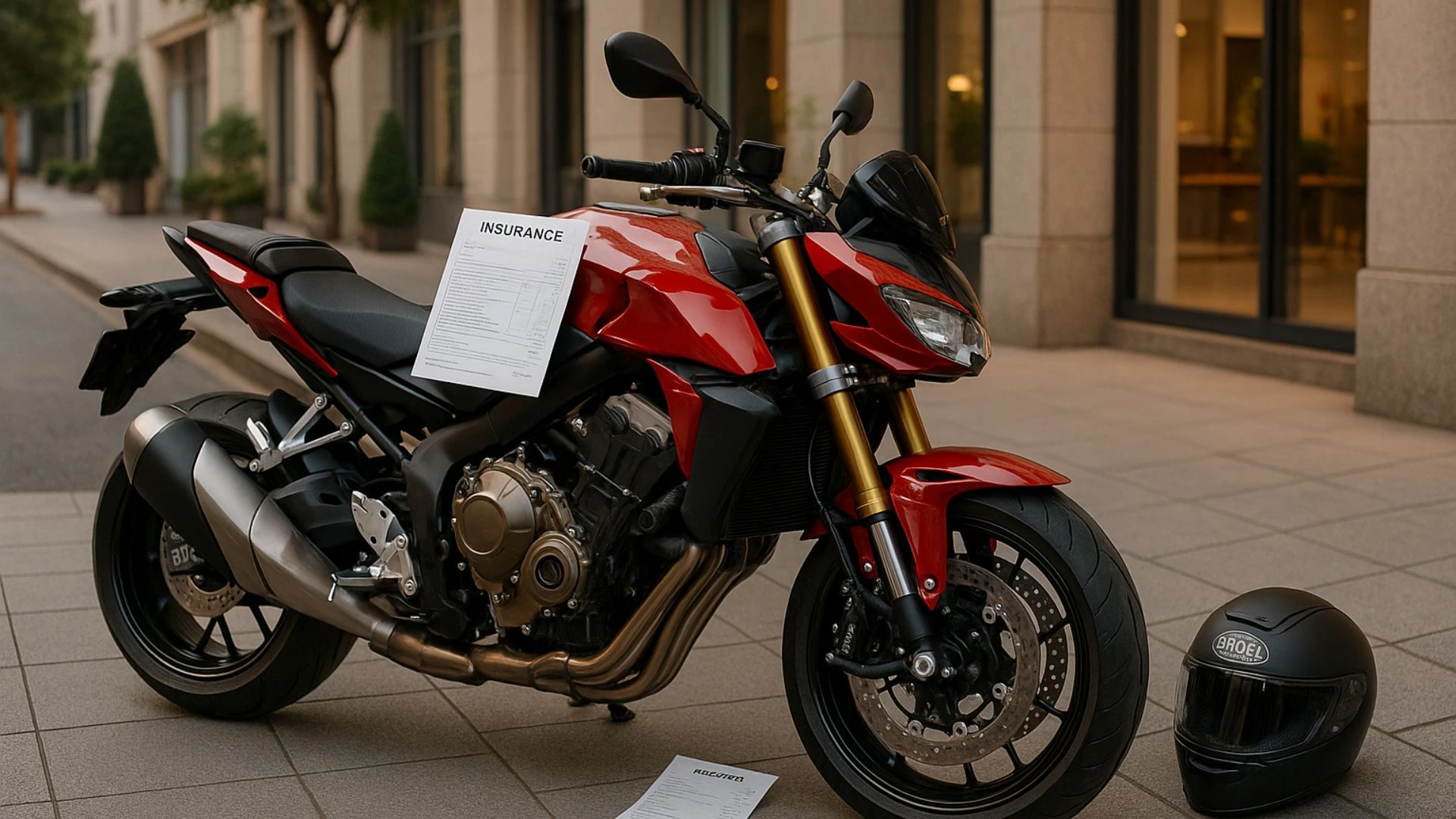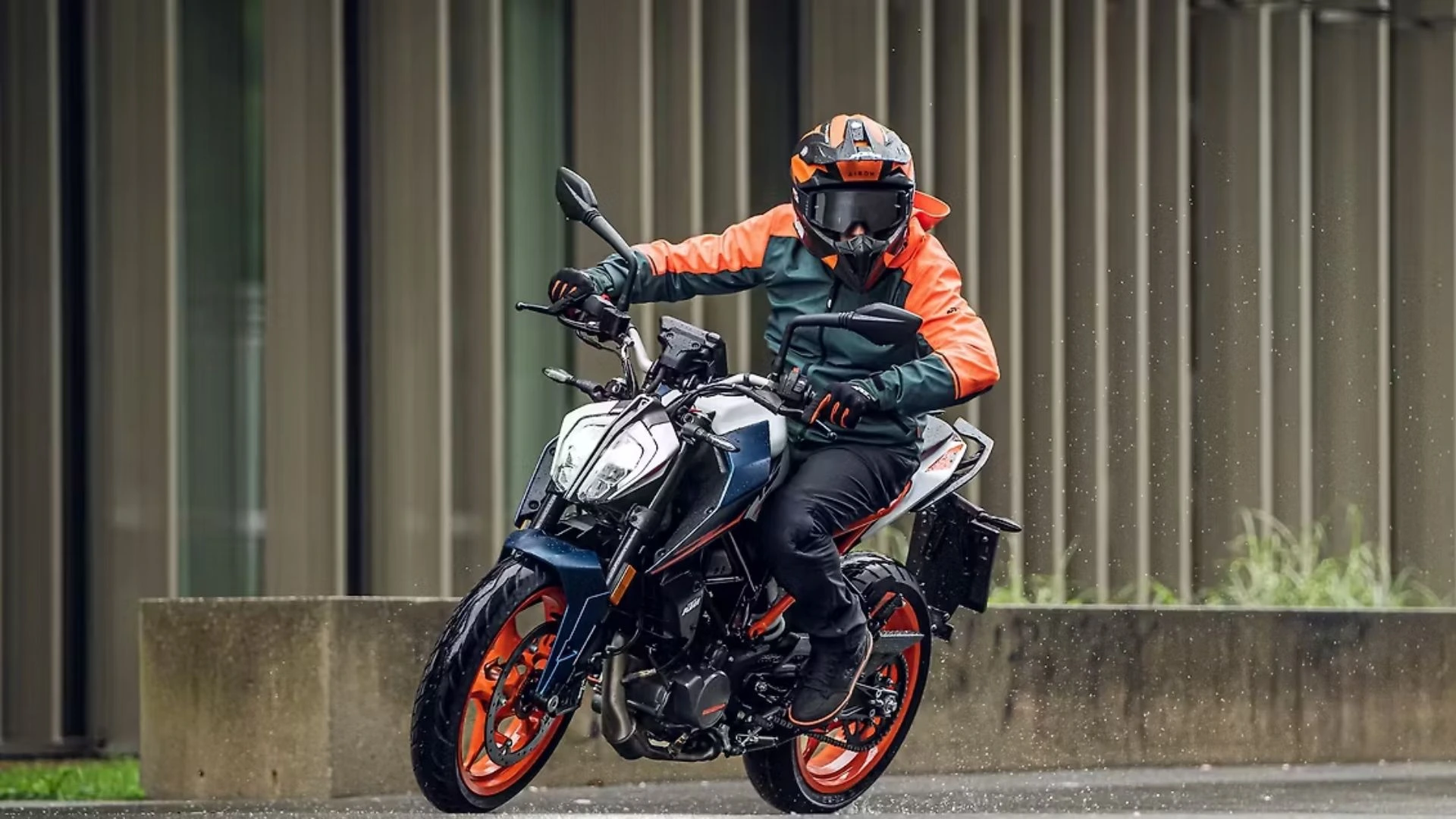Purchasing a bike in India appears to be a cost-effective option with various vehicles available for different needs. The reality is that the Cost of Owning a Bike includes many more expenses than just the showroom price. The ongoing cost of insurance, fuel, service, maintenance, and repairs will require continued engagement and additional budgeting over time.
In this blog, we will detail every major and minor expenditure of owning a bike in India so you make a fully informed decision.
1. On-Road Price: The Real Price You Pay
Most buyers look at the ex-showroom price while budgeting for a bike. But the on-road price is what really matters, and it can be 10–15% higher than the advertised cost.
What's included in the on-road price?
- Registration charges (RTO): Paid to register your bike with the local transport authority.
- Road tax: A one-time tax imposed by the state government.
- Mandatory insurance: Minimum third-party coverage required by law.
- Handling and logistics charges: Dealer-level fees for delivering the bike.
Example: A bike that costs ₹1.2 lakh ex-showroom may actually require ₹1.35–1.4 lakh to take it home. This difference alone marks the first hidden element in the Cost of Owning a Bike.
2. Insurance: Legal and Financial Protection
In India, insurance is not optional—it’s the law. But beyond legal requirements, insurance can save you from massive repair bills in case of accidents or natural disasters.
Types of bike insurance:
- Third-party insurance (Mandatory): Covers liabilities to other people in case of an accident.
- Comprehensive insurance (Recommended): Covers your own damages, theft, fire, and natural calamities.
- Add-ons:
- Zero depreciation cover
- Roadside assistance
- Engine protection
- Return to invoice
Cost Range:
- Basic third-party: ₹800 – ₹1,500/year
- Comprehensive with add-ons: ₹2,500 – ₹10,000/year (or more for premium bikes)
Pro Tip: Always compare policies online and check claim settlement ratios before choosing an insurer.
3. Servicing & Regular Maintenance
Maintaining a bike can produce long-term benefits and ideally performs better when properly serviced. Maintenance is not only about making repairs, it is generally about preventing damage.
If you plan to service it periodically, it will typically include:
- Change engine oil
- Lubricating and tightening the chain
- Checking brake pads
- Cleaning/replacing the air filter
- Checking the coolant (for a liquid cooled bike)
Frequency:
- Every 3,000- 5,000 km, or once every 3-6 months.
Cost Breakdown:
|
Type of Bike |
Service Cost per Visit |
Annual Average |
|
Commuter |
₹500–₹1,000 |
₹2,000–₹4,000 |
|
Sports |
₹1,000–₹2,500 |
₹4,000–₹8,000 |
|
Premium |
₹2,500+ |
₹10,000+ |
Note: Annual maintenance can cost ₹3,000–₹10,000+, depending on usage and bike type. Regular maintenance is one of the most underestimated parts of the Cost of Owning a Bike, yet it’s one of the most crucial.
Also Read: Step-by-Step Guide to Indian Vehicle Registration (2025)
4. Fuel Costs: Daily Running Expense
India’s fuel prices are consistently on the rise, and your bike’s mileage makes a huge difference.
Typical mileage figures:
- Commuter bikes (100–125cc): 60–75 km/l
- Mid-range bikes (150–200cc): 35–50 km/l
- Sports bikes (250cc+): 20–30 km/l
Monthly cost estimate:
|
Usage Type |
Daily Km |
Monthly Fuel Cost (Avg ₹105/l) |
|
Low (10–15 km) |
300–400 |
₹1,000–₹1,500 |
|
Medium (20–30 km) |
600–900 |
₹2,000–₹3,000 |
|
High (50+ km) |
1,200+ |
₹4,000+ |
5. Wear & Tear: What You Replace Over Time
As you ride, some parts naturally wear out and require periodic replacement.
Common replacements:
- Tyres: Every 3–4 years (₹1,500–₹5,000 per tyre)
- Brake pads: Every 10,000–15,000 km (₹300–₹1,500)
- Clutch plates: Depending on usage (₹800–₹2,000)
- Battery: Every 2–4 years (₹1,000–₹3,000)
Don’t forget that frequent riding in rough conditions can speed up wear and increase costs.
6. Unplanned Repairs & Breakdowns
Accidents or sudden issues like a failed clutch or damaged suspension can surprise you with big bills.
Unexpected repair examples:
- Electrical failure: ₹1,000–₹3,000
- Water-logged engine: ₹3,000–₹10,000+
- Accident repairs: Can exceed ₹20,000 in severe cases
Tip: Having a contingency fund of at least ₹5,000–₹10,000 for emergencies is wise.
7. Accessories, Safety Gear & Mods
Owning a bike isn't just about riding—it’s also about gearing up for safety and comfort.
Must-have gear:
- Helmet (ISI certified): ₹1,000–₹5,000
- Riding jacket & gloves: ₹3,000–₹10,000 (for highway riders)
Optional accessories:
- Phone holder: ₹300–₹1,000
- Saddle bags: ₹1,500–₹5,000
- LED lights, crash guards, exhaust mods: Costs vary
These accessories enhance comfort, safety, and style—but they do add to your budget.
8. Legal Renewals & Miscellaneous Charges
Even if your bike is running fine, ignoring documentation costs and legalities can hit you hard.
Recurring documentation costs:
- PUC certificate: ₹60–₹100 every 6 months
- Insurance renewal: As per plan
- RC renewal (after 15 years): Charges vary by state
Also factor in:
- Parking fees (₹10–₹50/day)
- Traffic fines and penalties
- Toll charges on highways
9. Depreciation & Resale Value
Bikes lose value fast, and their resale price depends on how well they’re maintained.
Depreciation Timeline:
|
Bike Age |
Expected Resale Value |
|
1 year |
85–90% |
|
3 years |
65–70% |
|
5 years |
40–50% |
|
10+ years |
20% or less |
Maintaining service records and keeping your bike in good shape helps maximize resale value.
10. Hidden or Overlooked Costs
There are several small costs that may go unnoticed but pile up over time.
- Loan interest (if you financed your bike)
- Cleaning & detailing: ₹300–₹1,000/month
- Seasonal non-usage storage (dust covers, fuel drain, battery removal)
- Modification approvals (in case of aftermarket changes)
- Helmet and gear replacements every few years
Final Thoughts
A bike is one of the cheapest and most economical means of transport in India but the full cost of ownership is recognized over a longer time frame than just the initial purchase. The running costs of a bike can be listed as: engineers’ (or mechanics’) visits, insurance, petrol, convenience of unexpected costs; so be sure to budget properly for regular running costs.
So think about these changes before you buy:
- Will I comfortably afford the running costs?
- Will I consistently maintain it?
- Am I keeping aside a reserve fund for contingencies or repairs?
If you're ready to absorb the costs associated with bike ownership, biking can be both cheap and fun; just make sure to not dismiss the Cost of Owning a Bike - because a budgeted biker will be a much less stressed biker.
Also Read: Car Insurance Cancellation vs Non-Renewal: What’s the Real Difference?








_1766129034.webp)

 Positioning Affordable 7-seat_1766042570.webp)